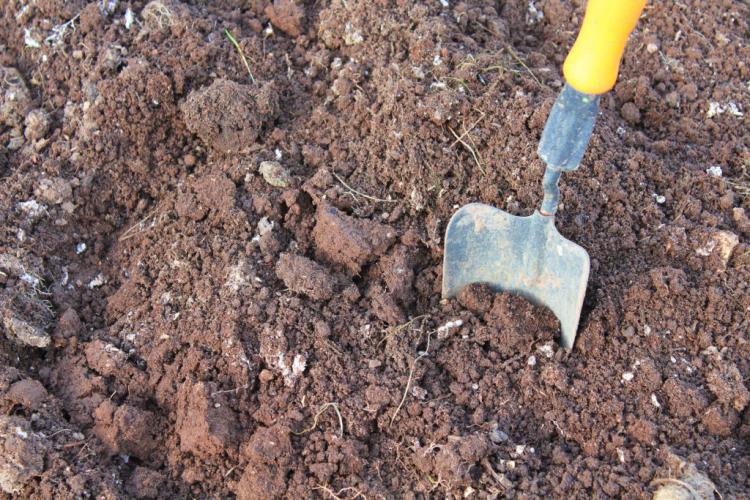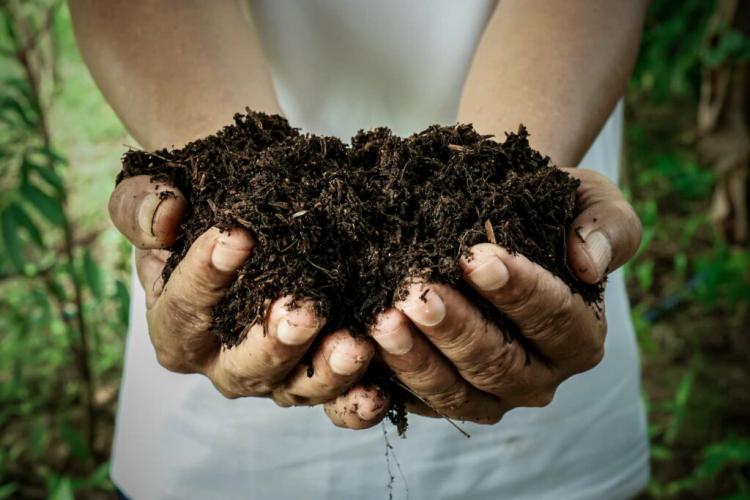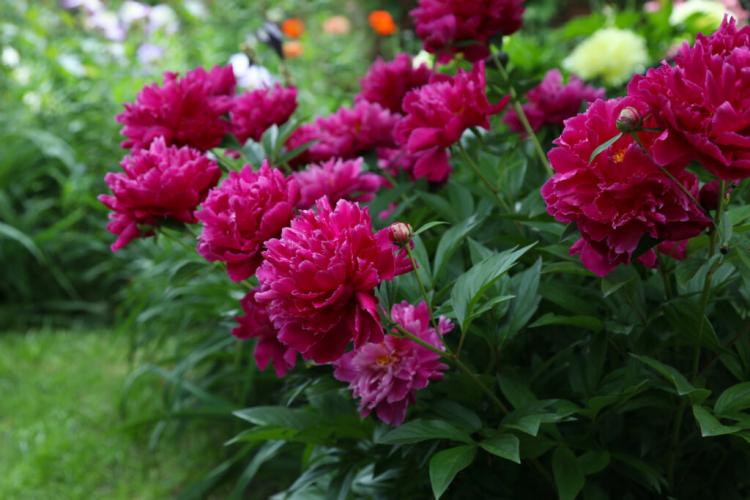7 Tips To Improve The Garden Soil
Healthy soil is the basis for good growth and a rich harvest. From time to time you should therefore take measures to improve the quality of your soil. The best tips for soil improvement can be found below.
Is your garden soil not fertile? Surely you have already received various tips: Lime and quartz sand, charcoal, clay, and special plants are supposed to improve the soil. But which garden soil is being improved and how? We will give you an overview of good soil improvers and explain what really helps which soil.
This is how you can improve your garden soil
Table of Contents
Anyone who wants to improve a garden soil that is too heavy, light, nutrient-poor, or compacted with targeted measures is aimed at soil fertility. A fertile soil harbors an active soil life that aggregates soil crumbs, decomposes organic material, releases nutrients, and above all: builds up humus! Humus is the prerequisite for healthy, intact soil life and thus also the prerequisite for soil fertility. We have created a special article for you on the subject of humus management, in which we show how humus can be enriched in the soil. For a quick overview, here are the measures you can take to make your soil fertile in the long term.
1. Bring in humus
The quickest way to get fertile garden soil is to buy humus and spread it around the garden. For those who find it too expensive to purchase high-quality topsoil or ripe compost, high-quality potting soil is a sensible alternative.
2. Build up and maintain humus
With the right humus management, you can enrich your soil with humus. The humus economy takes into account the pH value of the soil, the soil temperature, soil cultivation, and nutrient supply of the soil to bring humus decomposition and humus formation into the desired balance. It is based on the introduction of organic materials such as mulch, organic fertilizers, plant residues, and horse manure.
3. Eliminate compaction
Compaction in the soil inhibits plant growth in a variety of ways: On the one hand, the fine roots have to overcome a high level of resistance during growth, which means that the entire root system remains flattered and is prone to drought. On the other hand, a lack of oxygen can quickly occur on compacted soils – especially after rainfall, when the water can hardly runoff. The removal of compaction can be done mechanically, for example by deep digging, raking, or milling. For deeper compaction, deep-rooted green manure helps, which we will come back to later.

4. Adjust the pH
Depending on the type of rock on which the soil is based, soils are more or less acidic or alkaline. Although humus accumulates in acidic soils, nutrients are poorly released or are not available for plants. Hardly any humus is built upon alkaline soils and other nutrients cannot be absorbed by plants. Too high pH values can be corrected with the help of bark humus, too low ones can be adjusted with lime. A suitable pH for most plants is between 5.5 and 7.0.
5. Soil improvement through minerals
In addition to organic substances, mineral substances can also be used to improve the soil. We have listed the most important ones for you:
Sand: Sand is one of the coarsest grain sizes in soils. It can be worked into very clayey soils to improve the permeability and ventilation of the roots. In addition, yellow sand brings with it iron compounds that can be used by plants as trace nutrients. Up to 50 liters of sand per square meter can be necessary for very heavy soils.
Uses heavy, clay-rich soils.
Lime: A soil liming serves to increase the soil pH value. Calcium carbonate is a slow-acting lime that should only be used on sandy soils. From heavy loam and clay soils, only the faster-acting quicklime has the desired effect. Incidentally, fertilizing with ash or fertilizing with eggshells can also set the desired pH value.
Uses too acidic soils.
Clay minerals: Clay is the finest grain size in soils. The tiny clay minerals have a very large surface area and store water and nutrients. They cannot do this as well as humus, but they are not broken down by microorganisms. For example, clay can be easily dispersed in the form of granulated bentonite. Sandy soils benefit most from clay as it improves their water retention and nutrient storage capacity.
Uses sandy soils.
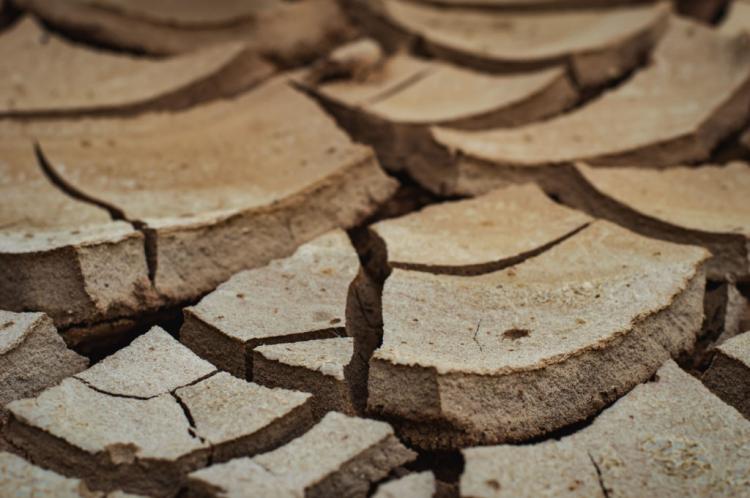
Biochar: A fairly new soil conditioner is biochar. It is charred, i.e. incompletely burned organic matter such as wood. In this state, one also speaks of pyrogenic carbon (from ancient Greek pyr = fire, and Latin generate = to produce). This carbon can serve as a starting point for further humus build-up. This means that the distribution of biochar is a good measure for very low-humus soils that are to be improved with organic fertilizers, mulch, or manure.
Uses: soils poor in humus.
Primary rock powder: Primary rock powder is finely ground rock. Acid basalt and alkaline diabase are available in stores. They change the soil pH value and also provide long-term nutrients and trace elements. They are particularly useful on predominantly organic, boggy soils. The release of nutrients, however, depends heavily on active soil life and begins after a year at the earliest – and then continues over several years.
Uses nutrient-poor forest soils, boggy soils.
Mineral fertilizer: As the name suggests, mineral fertilizer is purely mineral, but it cannot really be called a soil conditioner. It increases the fertility of the soil for a short time by providing nutrients for plants, but the sole mineral fertilization leads to humus degradation and thus lowers soil fertility in the long term.
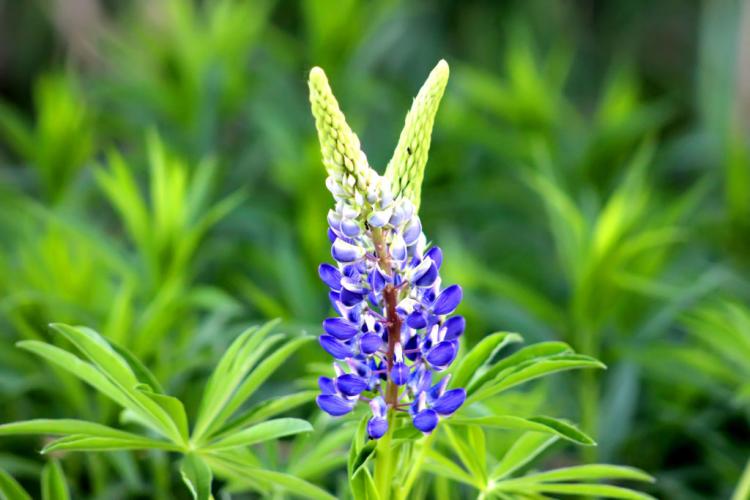
6. Soil improvement through plants
Planting is a promise of salvation for any type of soil. As a rule of thumb, the floor should never be simply bare. To improve the soil before the actual planting, special green manure plants are used. The root and loosen the soil, stimulate soil life, dissolve nutrients, contribute to the formation of crumbs and protect against erosion and drought. They also suppress weeds. We introduce you to a few green manure plants that will increase your soil fertility.
| Non-hardy green manure plants (sowing March – September, incorporation in the same year) | |
| Peas ( Pisum ) | Bring nitrogen into the soil; do not plant peas and beans again afterward |
| Lupins ( Lupinus ) | Bring a lot of nitrogen into the soil; deep loosening of the soil; a lot of green matter |
| Tagetes ( Tagetes ) | Suitable for controlling nematodes; ornamental |
| Hardy green manure plants (sow in September at the latest, incorporate in the following year) | |
| Bee friend ( Phacelia ) | Fast-growing; insensitive to drought; Bee pasture |
| Alfalfa ( Medicago sativa ) | Nitrogen collector; deep loosening of the soil; insensitive to drought |
| Winter rye (Secale cereale) | Good rooting of the soil; very hardy; Competition to couch grass |
7. Diverse crop rotations and mixed crops
Peas should not follow peas and garlic and carrots are good neighbors. There is much truth in this ancient wisdom. Those who plant-related species too often on the same piece of earth will at some point be confronted with ailing plants and low yields. In our detailed special articles on the topics of mixed culture as well as crop rotation and cultivation planning for vegetables, you will find all the important information on how to keep your soil healthy despite changing planting.
You might so like:
